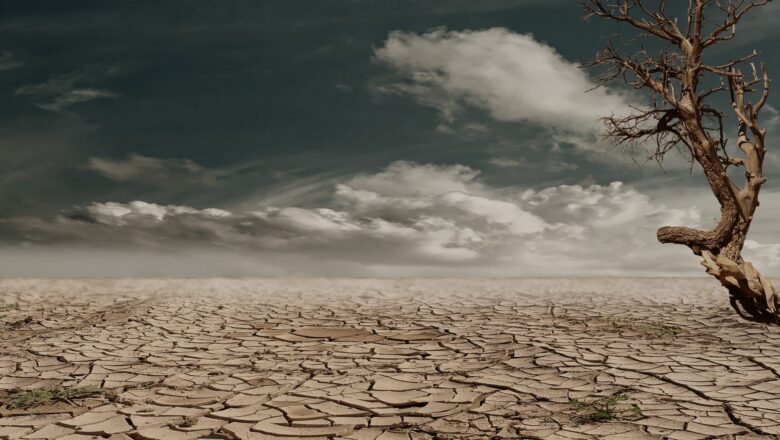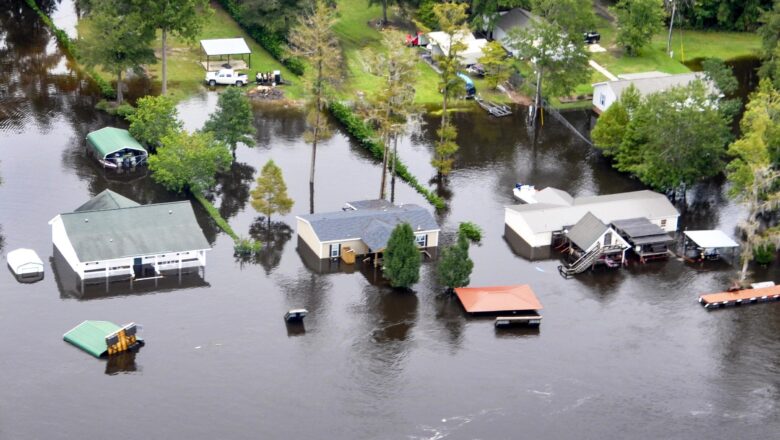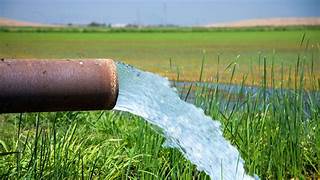
Relentless rains bring landslides and tragedy to Aizawl
Delhi, May 31 — Torrential rainfall has wreaked havoc across Mizoram's capital, Aizawl, triggering deadly landslides, road collapses, and widespread disruptions to daily life. A tragic incident in the Thuampui area marked the beginning of the crisis when a retaining wall at a laborers’ camp collapsed around 7 am, killing a 37-year-old man and injuring another.
The intense and continuous downpour has destabilized hillsides, causing landslides and rockfalls in multiple parts of the region. Key roadways, including inter-district and national highways, have been blocked by debris, effectively cutting off several routes and delaying transportation. In Mauchar village within Aizawl district, at least two houses were severely damaged due to land subsidence. Meanwhile, in the Bethel Veng locali...






